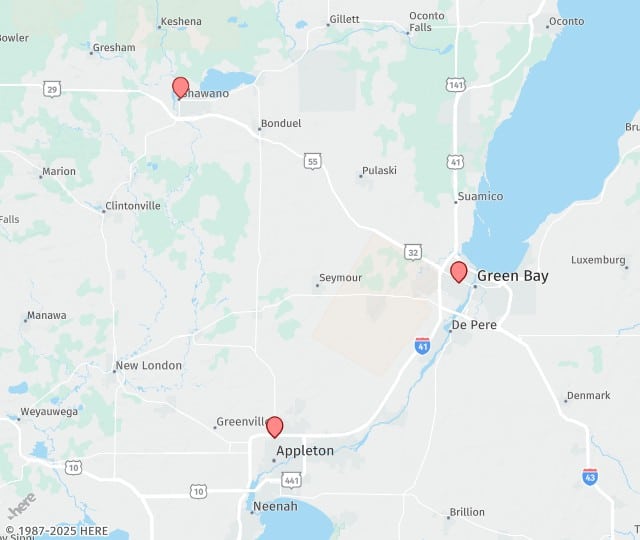Red, watery eyes, skin flakes around the eyes, greasy eyelids: they’re all symptoms of blepharitis, a common eye disease that affects the area of the eyelid where the eyelashes grow. The disease is a chronic condition that is easy to treat, but difficult to cure.

Blepharitis presents when small oil glands on the eyelid become clogged. The results of the disease can be uncomfortable, but it isn’t contagious and permanent damage to eyesight is rare.
If you have symptoms of blepharitis (which also include gritty, burning or stinging of the eyes, itchy eyelids, red swollen eyelids, sticky eyelids, loss of eyelashes and sensitivity of light) the affects of the disease can be irritating, but there is no cause for alarm. Oftentimes a routine of warm compress and specific cleaning of the eyelid will improve the symptoms.
The origins of blepharitis aren’t clear, but the disease is most often associated with:
- An overgrowth of the normal bacteria that live on the eyelid skin
- Improperly functioning eyelid oil glands
- Seborrheic dermatitis (dandruff of the eybrow and scalp)
- Eyelash mites or lice
- Allergies to eye medications, makeup or contact lens solution
Blepharitis can also cause other eye-related problems including eyelash issues (falling out or abnormal growth), excessive tearing, stys, contact lens intolerance, reoccurring pink eye and injuries to the cornea.
Treatments
People who are affected by blepharitis often find relief with a warm washcloth or warmth from a mask specifically made for treating blepharitis. Such treatments are placed directly on the eyelid for up to five minutes. The edge of the eyelid can then be cleaned, either with baby shampoo or with an over the counter product made specifically for cleaning the eyelid, such as Sterilid or Ocusoft. Be gentle but take the time needed to clean the eyelid skin and remove all the dead skin and debris. Such self-care treatments are often all that is needed, however prescription treatments for inflammation, infection or underlying conditions may also be suggested.
Blepharitis is a chronic disease that is rarely completely cured and requires daily attention. In addition to the treatments stated above, it is also advisable to discontinue any makeup use while the eyes are inflamed. Non-prescription lubricating eyedrops are also recommended to those suffering from blepharitis, specifically those with dry eye issues.
If dandruff and/or mites are the culprit, over-the-counter dandruff shampoo or tea tree oil can be used. Be sure to use these products carefully because they can irritate the eye. It is advisable to see an eye doctor before using any of these products.
If you are experiencing the symptoms of blepharitis, call 920 499-3102 to schedule your comprehensive exam.
Tagged with: blepharitis, blog, Common eye problems, eye health, Green Bay, ophthalmologist, Tower Clock Eye Center, Tower Clock Surgery Center, Wisconsin
Posted in: Blog, New Announcements
